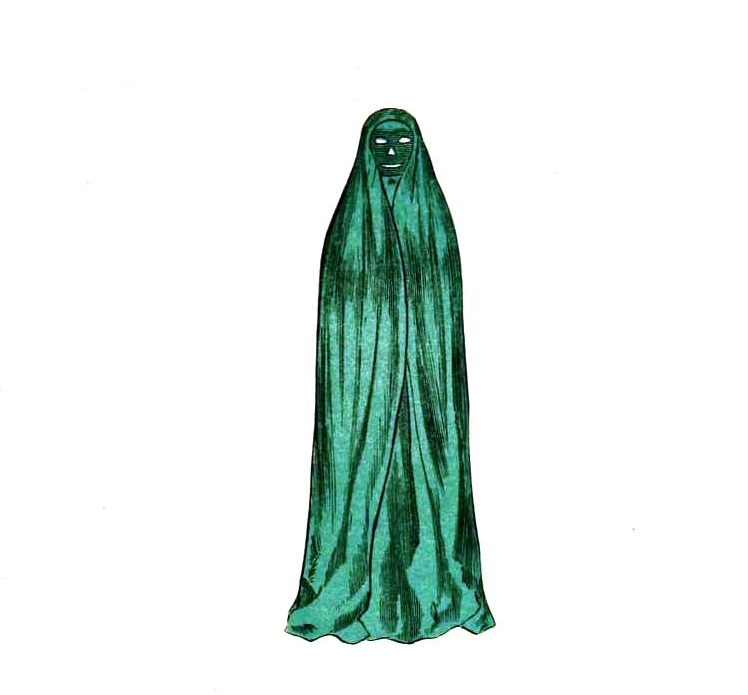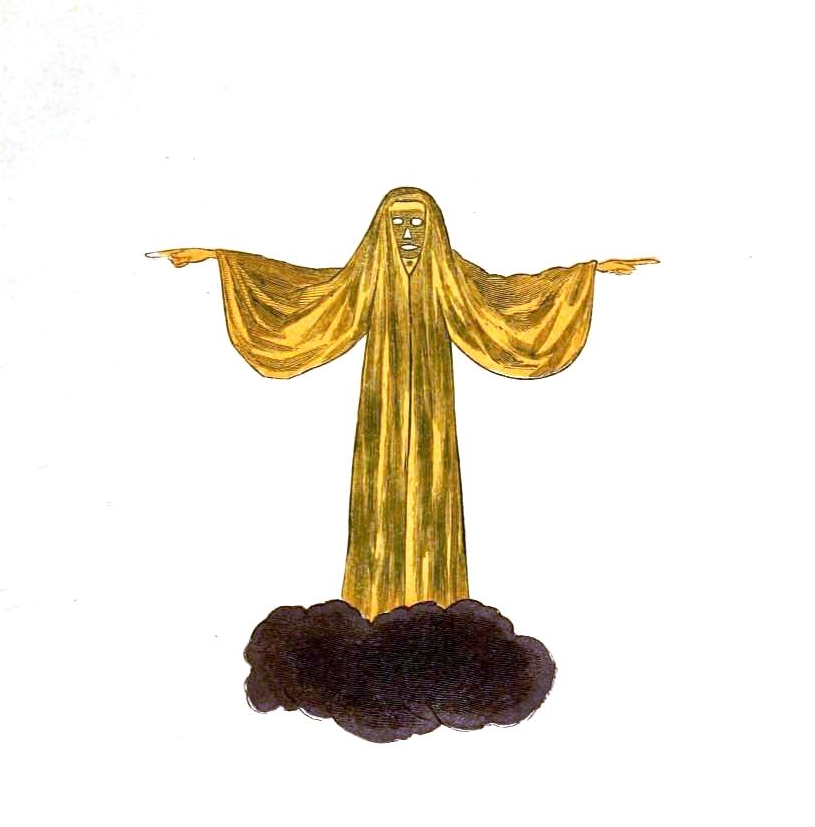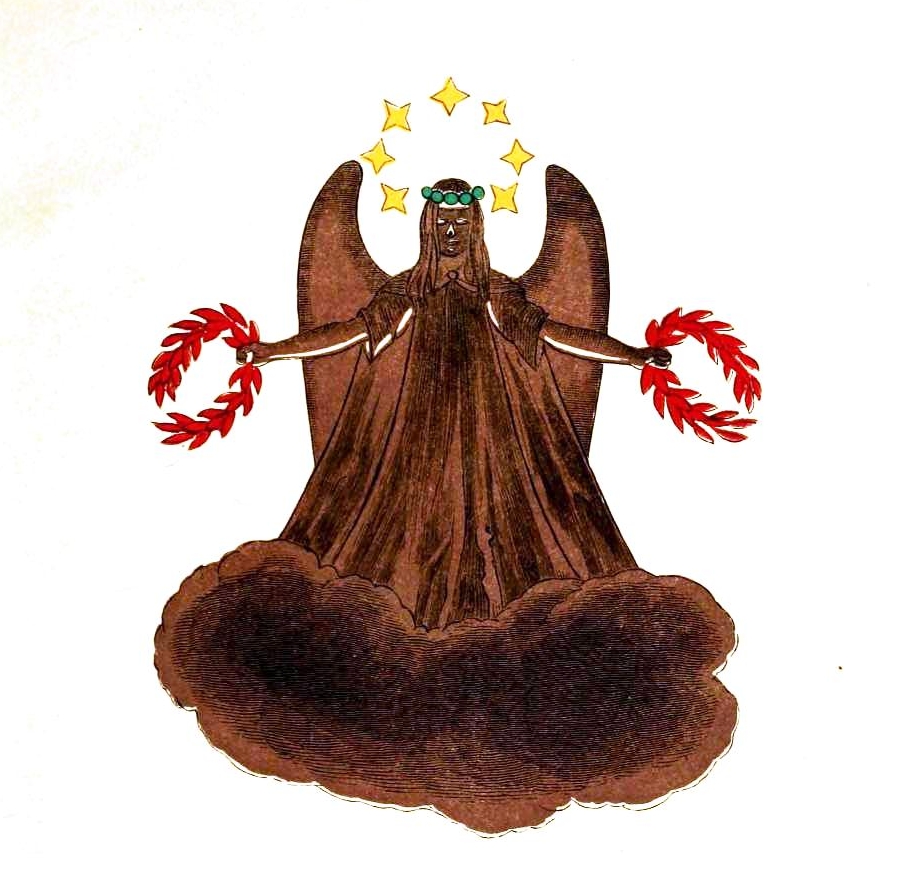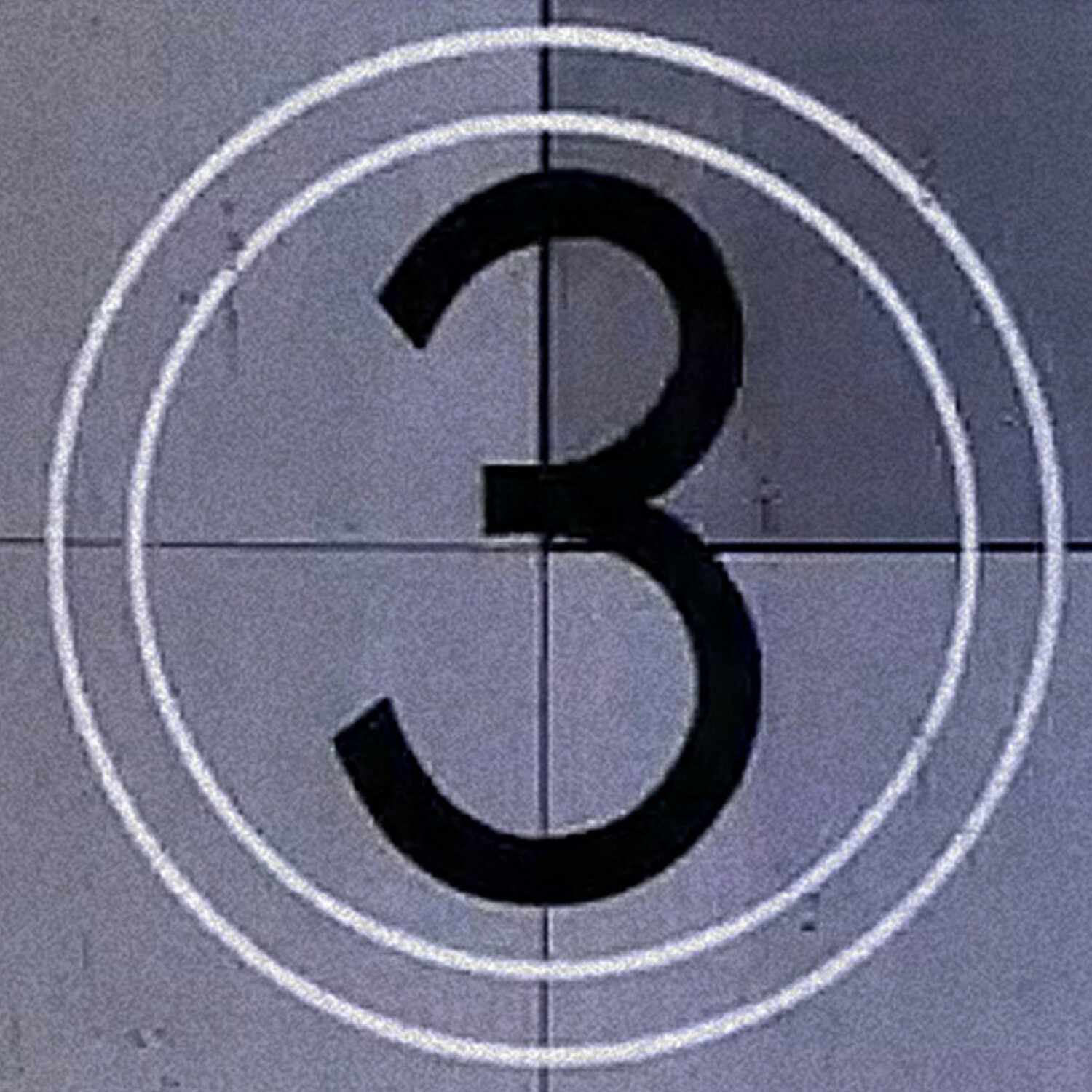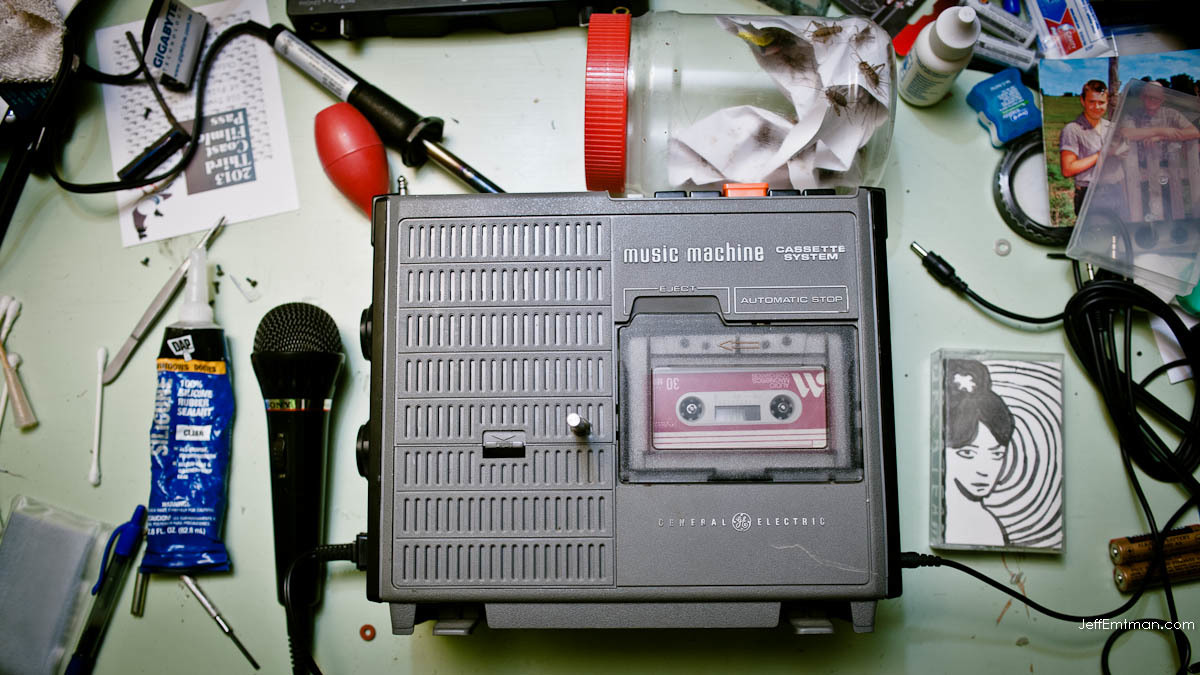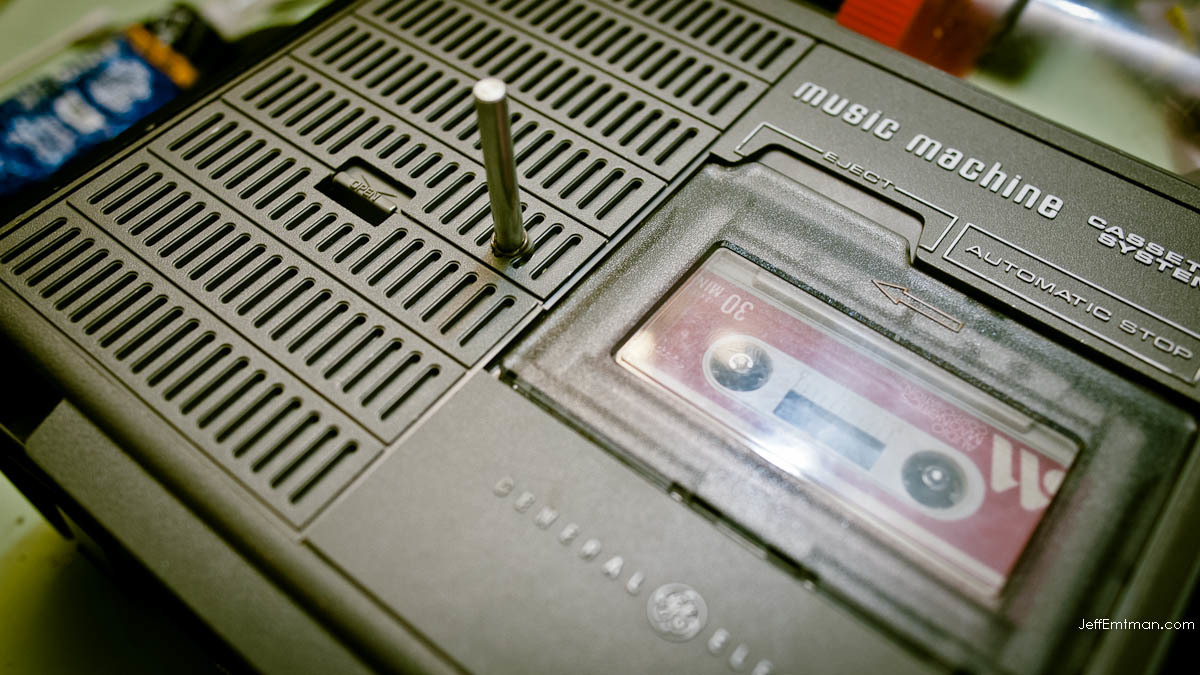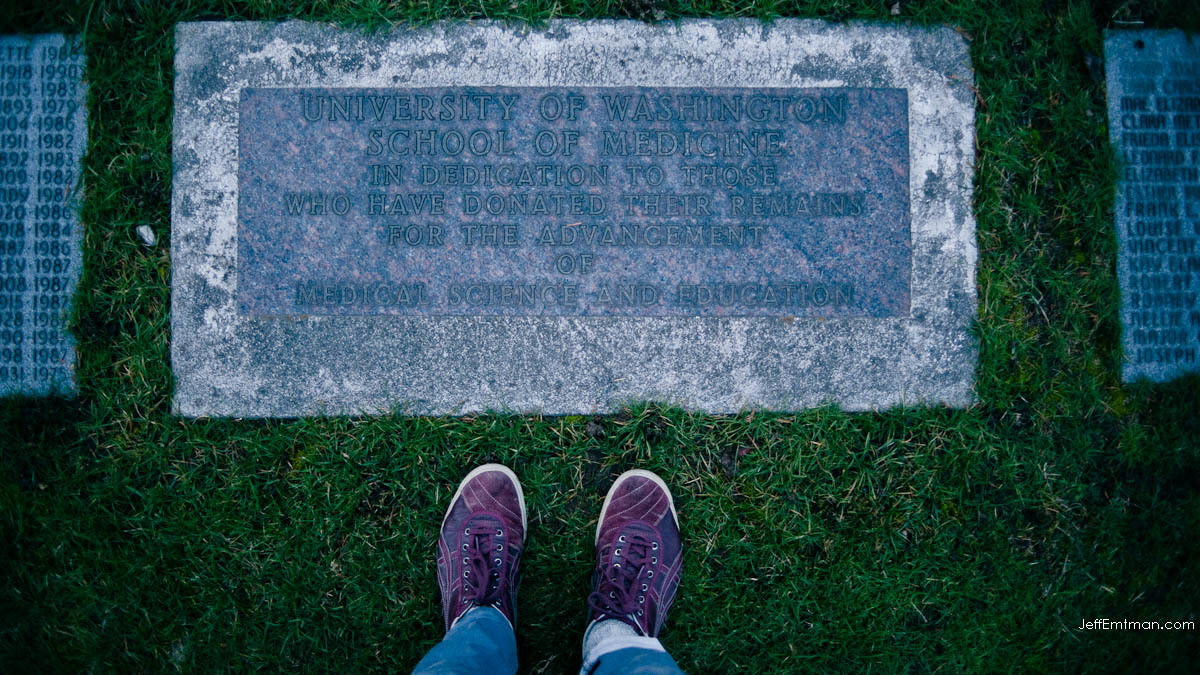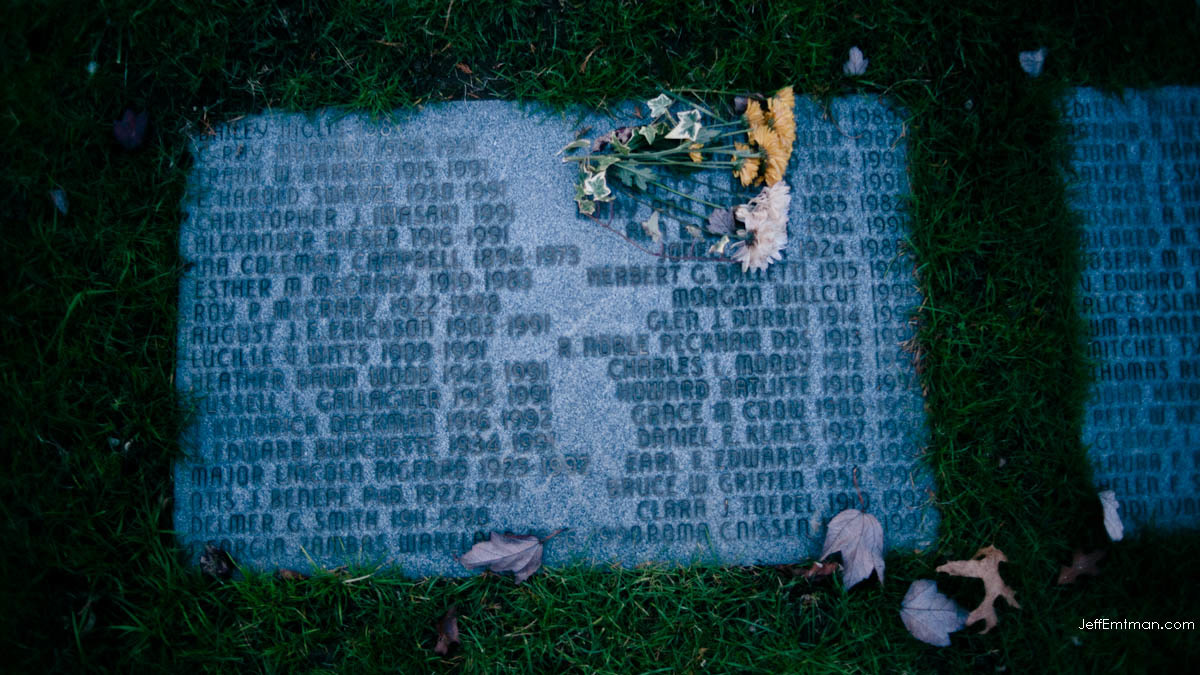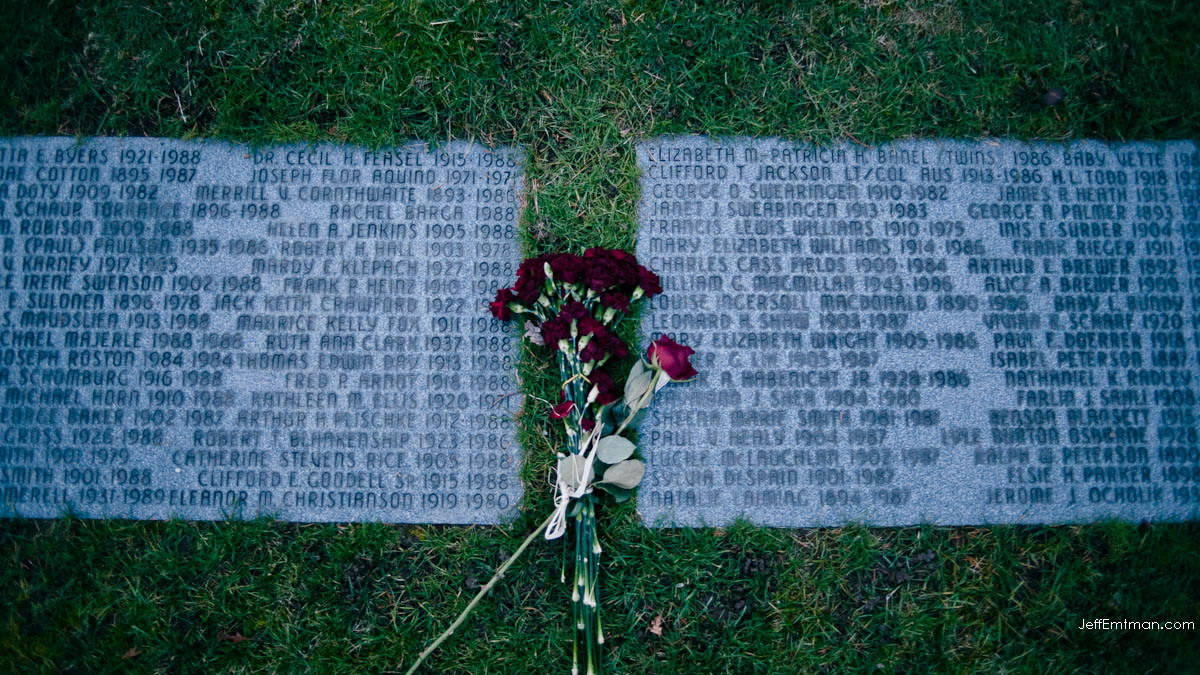HBM035: Spirits of the Past
/Image from a 1915 edition of The Ogden Chronicle
It was a group of businessmen in the late 19th century who originally invented the Ouija Board. They sold them in toy shops and promising questions answered “about the past, present and future with marvelous accuracy.” Spiritualism was all the rage in the United States, and, while hiring a professional medium could be costly, the Ouija Board allowed ordinary people to communicate with the dead.
In this episode of Here Be Monsters, freelance producer Mickey Capper attends a modern seance, conducted by 20-somethings under an udder-like canopy in a living room in Chicago. They gather around a homemade Ouija Board to summon up spirits from the past. And they’re visited by the ghost of the seance host’s long-dead ancestors. The ghost has a striking message for her about a secret she didn’t want to share with the group.
Mickey said the following about the experience:
Even though I've always like the idea of trying to contact the dead through a community of friends, I hadn't been to a seance before. The darkness and the candles and the makeshift Ouija Board did work... at least as an icebreaker. I felt closer to everyone than I would have expected. I also learned that whether or not you believe you're contacting the spirit, there's nothing protecting you from finding things you'd rather not hear.
Of course, Ouija Boards don’t run on a dark energy, the planchette isn’t moved by the delicate hands of wispy ghosts. Instead, its movement is achieved through a well understood phenomenon called the Idiomotor Effect. Ideomotor movements are subconscious muscle movements that occur when people think they are holding entirely still. They’re heavily influence by perception and bias. And in Ouija, it can be responsible for creating stunning messages that seem to be otherworldly.
So, who was this ghost who revealed the host’s secret? It’s hard to know. But even for someone who would deny outright the existence of spirits and ghosts, it’s impossible to deny the power that belief in the paranormal holds.
Mickey Capper is a freelance radio reporter and the co-host of Tape, which is a new podcast that interviews people who make radio. It's good, it's people you've heard of...listen to it. taperadio.org
Music: The Black Spot, Serocell, Lucky Dragons



